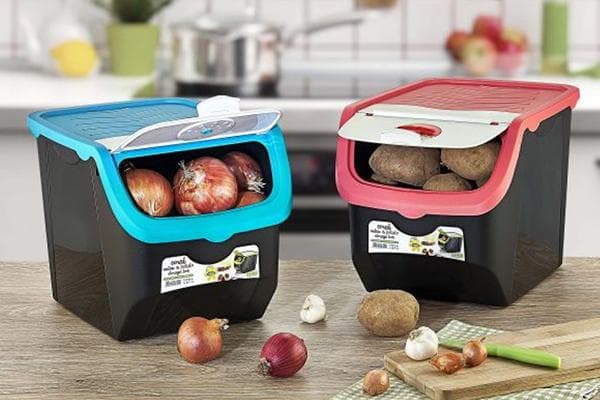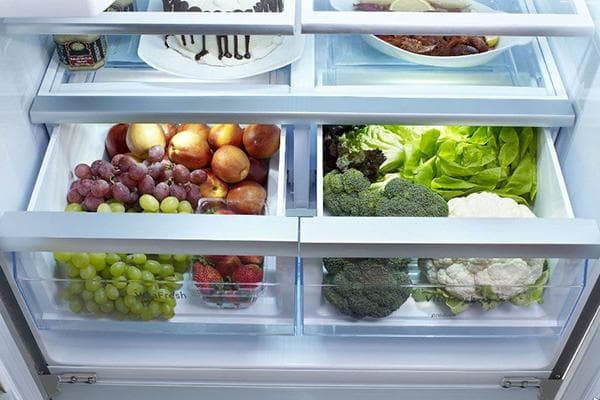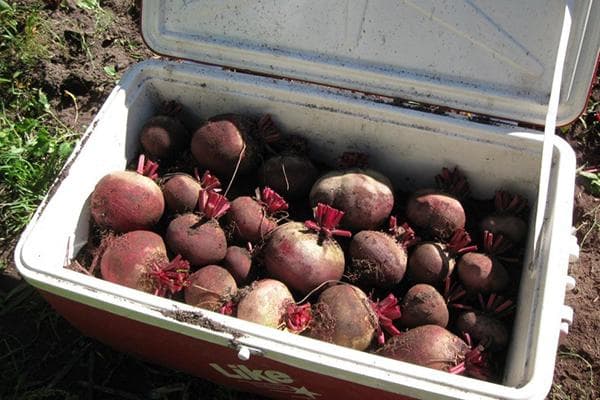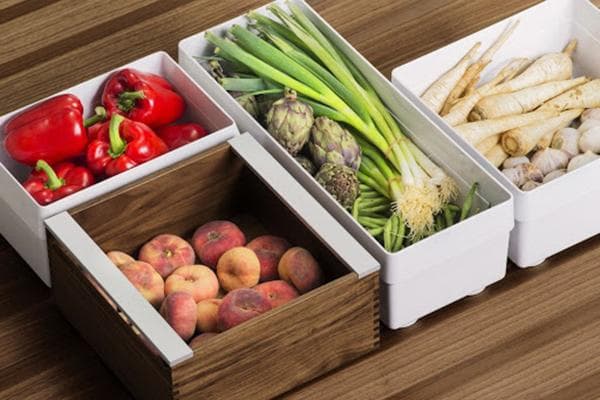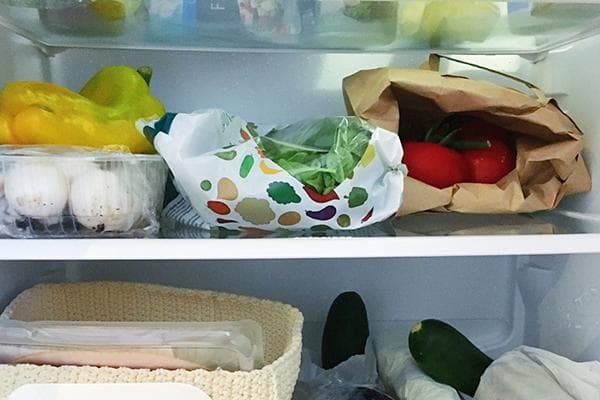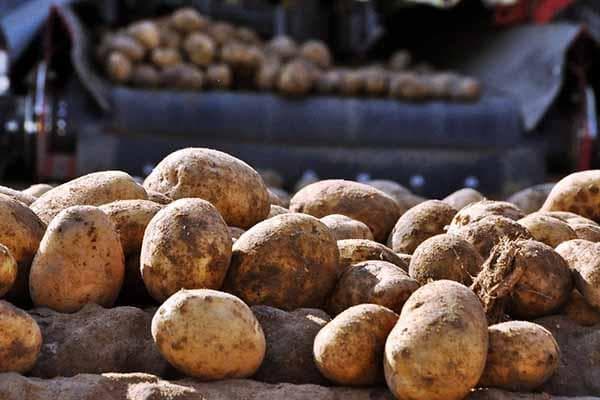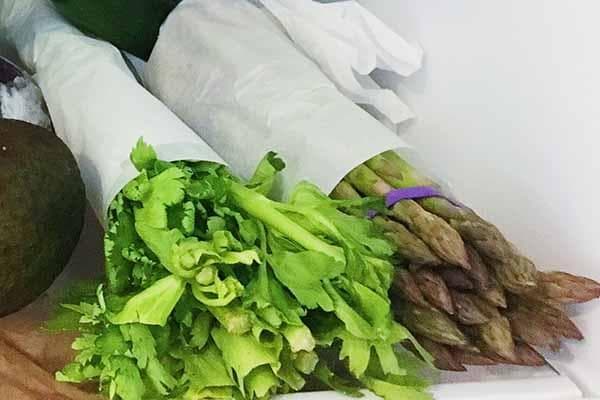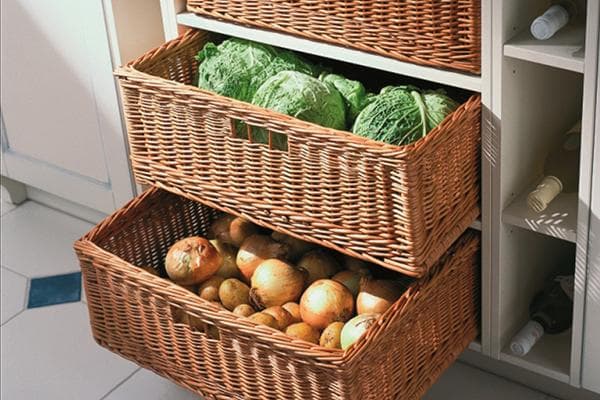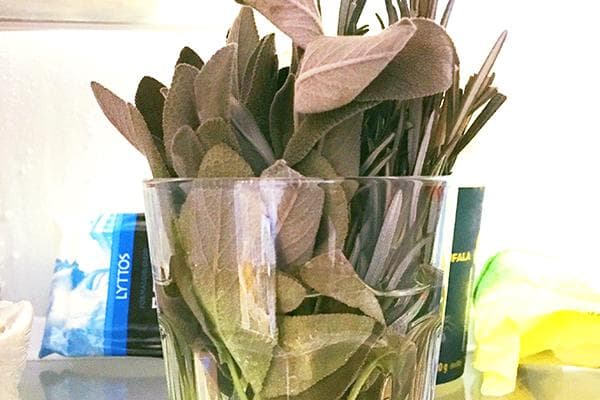7 tips for long-term storage of greens and vegetables
Content:
Fresh foods are the main source of vitamins. But how difficult it is to maintain freshness when it comes to storing vegetables and herbs! Many housewives are still confident that tomatoes and cucumbers disappear within 3-5 days. This is wrong!
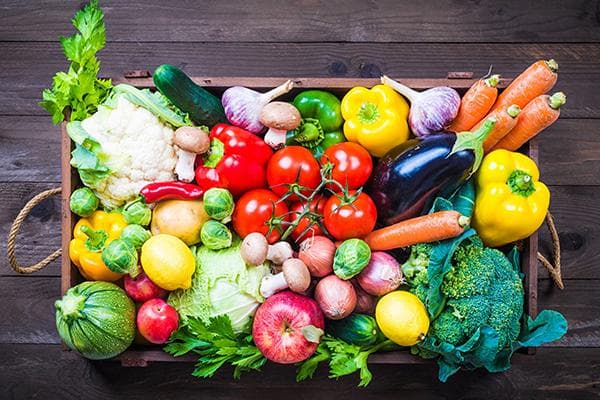
7 secrets of freshness
Knowing certain secrets, vegetables and herbs can be stored for weeks and months. There are at least 7 life hacks to keep them fresh.
Separate storage
It is very important that vegetables and herbs are stored separately from berries and fruits that emit ethylene. This gas starts the ripening process. Tomatoes, cucumbers, and zucchini quickly overripe and spoil.
Most ethylene is emitted by:
- melon;
- apricot;
- apple;
- pear;
- banana.
In addition, it is advisable not to put certain types of vegetables together. Carrots and beets next to tomatoes will become bitter. And if you put pepper along with the potatoes, they will soon become covered with eyes and sprout. Garlic and pumpkin are stored separately, as they quickly permeate the food with their smell.
Cool
All products are best preserved in a cool place. Cold inhibits decay processes and various chemical reactions.
It is recommended to store most vegetables and herbs at temperatures from 0 to +5 degrees.
But there are exceptions.Tomatoes, zucchini, cucumbers, pumpkin, zucchini, sweet peppers and basil are heat-loving. They are stored at home on the balcony, in the cellar, or simply in the room.
Lack of sunlight
Another important point. Sunlight, especially direct sunlight, causes food to spoil quickly. Therefore, vegetables and herbs that are stored outside the refrigerator must be covered with something and placed in the shade.
Down with the tops
Before storing root vegetables, you need to cut off the tops, leaving a 2 cm tip. Otherwise, the leaves will continue to grow, taking away nutrients. If you don’t leave the tip at all, the vegetable will dry out faster than it could.
Minimum damage
Wounds, blows, and creases contribute to rapid spoilage of vegetables and herbs. Fungi and bacteria penetrate through the damage. The products begin to rot.
To keep supplies fresh for a long time, it is important:
- fold the vegetables so that they are not compressed;
- Store greens in a straightened form - you cannot bend the stems and leaves;
- promptly remove spoiled roots and leaves.
Proper packaging
Vegetables and greens “breathe” and release carbon dioxide. Therefore, it is better to choose packaging that allows air to pass through:
- paper wrapper;
- mesh;
- plastic bags with holes.
In a regular bag, vegetables and herbs will “suffocate.” Perspiration will appear inside, the food will become damp and moldy.
Another possible option is cling film. By wrapping it tightly around each specimen, you will block access to oxygen. Usually cabbage and greens, as well as cut vegetables, are packaged in this way.
No to washing!
Clean vegetables look more appetizing and do not pollute the refrigerator. For this reason, many housewives immediately wash them as soon as they buy them.
Washed greens and vegetables disappear 2-3 times faster. The natural protective layer is easily removed during washing. Water procedures lead to excessive accumulation of moisture and simply injure plants and fruits. If potatoes, carrots and beets are in clods of earth, remove excess dirt with a soft brush.
Where and how to store vegetables and herbs?
The vast majority of housewives use the refrigerator to store vegetables and herbs. Indeed, it always has a stable temperature. But at the same time, there are a lot of other products inside that negatively affect the safety. And there's not that much space. And not every refrigerator can boast of good air exchange.
The bottom shelf of the refrigerator with retractable containers is suitable for storing herbs and vegetables - the so-called freshness zone with a maintained temperature of 0 degrees.
In the refrigerator they store supplies that they plan to eat in the next 3-5 days. Maximum – within 14 days. The rest of the “wealth” is sent to the balcony or cellar, having arranged the place in advance.
Vegetables
To keep vegetables fresh longer, care must be taken to maintain stable temperature, humidity and good air exchange. In an apartment, the most suitable place is a balcony, and in a house, a cellar.
Vegetables are stored:
- in vegetable boxes;
- on wooden pallets;
- on the shelves of the rack;
- in limbo.
It is not recommended to simply place them on the floor. The lower roots begin to rot quickly.
Tight but breathable packaging will help retain moisture inside the vegetables and prevent them from drying out.
How to properly store vegetables at home:
| Vegetable names | Storage temperature, °C | Shelf life, days | Storage Features |
|---|---|---|---|
| Eggplant | +7–12 | 7–60 | They are best stored in boxes wrapped in newspaper or covered with ash. |
| Zucchini | +5–10 | 7–180 | Cellar, bottom shelf of refrigerator |
| Pumpkin | +10–14 | 60–180 | Balcony, cellar |
| Zucchini | +7–10 | 14–120 | Cellar, dark place in the apartment |
| Radish | 0 | 60–120 | In a plastic bag in the refrigerator, in a box with wet sand in the cellar |
| cucumbers | +7–13 | 10–14 | Balcony, cellar, top shelf of refrigerator |
| Tomatoes | +7–21 | 4–14 | On the balcony in boxes in one layer with the stalks up |
| ripe | |||
| Green tomatoes | +10–21 | 7–120 | To delay ripening, green tomatoes are stored in straw, cut paper at a temperature of +11 to +13 degrees |
| Beet | 0–2 | 30–210 | Refrigerator, cellar, boxes with sawdust, sand and peat |
| Potato | +3–10 | 14–270 | On the balcony and in the cellar in boxes with small holes, wrapped in burlap |
| Sweet pepper | +7–13 | 14–40 | In a plastic bag in the cellar or on the top shelf of the refrigerator |
| Hot pepper | 0–10 | 8–180 | Hanging in bundles on a balcony or cellar |
| Onion | -2 to +2 | 30–240 | In the cellar in the net |
| Garlic | -1 to +13 | 90–210 | In paper in the refrigerator, on the balcony, in the cellar, hanging in stockings |
| White cabbage | from 0 to +1 | 20–240 | Hanging in the cellar, in boxes |
| Broccoli | 0 | 10–14 | In cling film |
| Chinese cabbage | 0 | 30–90 | In film in the refrigerator or cellar |
| Carrot | from 0 to +1 | 30–270 | In the cellar, in the basement, in bulk or in the sand |
| Cauliflower | from 0 to +1 | 14–30 | In cling film in the refrigerator |
If you store onions and garlic in tights, they will not spoil for 8 months.
Greenery
Green leafy vegetables tend to quickly wither and wither. Lack of moisture has a particularly detrimental effect. The best option to extend the life of bunches of parsley and dill is in a cool place, in the refrigerator. The main thing to know here is how to store greens in the refrigerator space.
There are 4 ways to store greens:
- In a vase. Asparagus, parsley, dill, cilantro can be placed in a vase or glass, like flowers. In this case, the top must be covered with a bag.Store the vitamin bouquet in a cool place in the apartment or on the top shelf of the refrigerator.
- In a container in the refrigerator. The second popular way to store greens. The bunches are wrapped in a paper towel or napkins and then placed in a food tray.
- In cling film in the refrigerator. The greens can be covered with 2-3 layers of film and placed in the lower compartment of the refrigerator.
- Hanging in bunches. Herbs with a high oil content (rosemary, thyme, oregano) are stored separately. They are best stored outdoors, tied in tight bundles.
Optimal storage temperature for greens:
| Name | Storage temperature, °C | Shelf life, days |
|---|---|---|
| Parsley | From 0 to +1 | 10–90 |
| Basil | From +11 to +15 | 15–30 |
| Green onions | From 0 to +1 | 7–30 |
| Leek | From 0 to +1 | 20–90 |
| Spinach | From 0 to +2 | 5–14 |
| Celery | From 0 to +1 | 10–90 |
| Dill | From 0 to +1 | 10–25 |
| Lettuce | From 0 to +1 | 14–21 |
Proper storage of herbs and vegetables is the key to health. Use tables and life hacks and you can enjoy the freshness and great taste of your vegetables longer.
